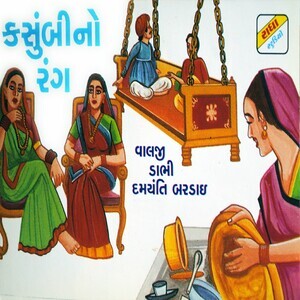
Apart from all these elements, Meghani has encapsulated each story with the coating of imagination.Ĥ. To supplement authenticity of stories about outlaws‘ information have been taken from Histories, relatives of outlaws as well as department of police. The stories of outlaws of Saurastra are not based on mythology but they are supported by the history of outlaws of Saurashtra. In these folktales, there are stories about various outlaws namely Vir Ramvala, Jogidas Khuman, Bhima Jat, Champraj Vala, Vala Namori and Mulu Manek. Between 1927 t0 1928 Vols.1-3 of Sorathi Baharvatiya were published. In this collection, stories project various shades of emotions chiefly love, hatred, fraternity, revenge, treachery, generosity etc.ģ. Vols.1-5, of Saurashtra Nee Rasdhar comprise love legends of saurashtra in balladry form, some of the stories are based on the folk tradition of story-telling where as few stories are written on the basis of the duha verses he had unearthed during his research.

The volumes have been reprinted many a time, have become an inevitable part of libraries as well as home collections, and are on the front shelves of bookshops in the region even today, after eight decades since they were first published. The stories cast deep influence on the upbringing of an entire generation of Gujarat during the Gandhian era and imbued with what the author regarded as eternal and universal values. In Gujarati newspaper as well as in book form by the title Saurashtra nee Rasdhar about a hundred of the stories were published during 1923-1927. Thus, Doshima Ni Vato no longer remained as an independent anthology.Ģ. After scrutinizing 15 stories of Doshima Ni Vato Mahendra Meghani felt to preserve 5 stories and added the stories of Doshima Ni Vato with the other stories under the title of Dadajee Ni Vato. In 1954 during the publication of a new edition of Dadajee Ni Vato Mahendra Meghani studied again the cancelled 15 stories of Doshima Ni Vat o. Accepting the valid suggestion of Mahendra Meghani Jhaverchand Meghani cancelled the anthology of Doshima Ni Vato and could not give again the improved edition of Doshima Ni Vato. In 1946 at the time of publication of the seventh edition of Doshima Ni Vato Jhaverchand Meghani’s elder son pointed out the morbidity in the stories of Doshima Ni Vato to Jhaverchand Meghani and questioned its relevance for teen agers. The anthology of Doshima Ni Vato contained 15 stories it was designed especially for teenagers.

The fruits of this meticulousness were published in sixteen volumes of folk tales including short stories based on the folk literature of Saurashtra and ten volumes of folk-songs. He copied down, compiled, waited patiently at times for many years for varied versions, did comparative studies and edited his hard-earned bounties.

By his modesty and affable nature he charmed them into keenly sharing with him their oral heritage that lingered by rote. Trudging on the trails snaking through the wilderness, riding horses, camels and bullock-carts, chugging on tardy narrow-gauge trains and sailing on country carts, he sought out Charan bards and Bhat balladeers, Bharathari Bhajan singers and Turi story tellers, and developed contact with the women-folk of various communities. The poet Meghani utilized these three days weekend holidays by travelling in search of the folklore and the oral traditions of Saurashtra. Acquaintance with literature of foreign language.ĭuring the span of his service as a literary editor of a weekly named Saurashtra Meghani used to get three days holidays every week.‘Yug Chetna’ (National awareness) inspired by Mahatma Gandhi,.The following five factors lent unique touch to Meghani’s creative skill. About a hundred books were contributed during the quarter century of diligence and perseverance, a lifelong endeavor of exploration, compilation and creativity. The second half period of 25 years was extremely prolific regarding his contribution in literature.

He was in his fifty-first year when he died on the 9 th March 1947. In addition to his works in the field of folk literature he gave fourteen novels one of them unfinished, nine collections of poems, twelve of short-stories, four of plays, ten of biographies and sixteen of historical themes. During his life span, the first two and half decades passed without any significant creation in literature from his side.


 0 kommentar(er)
0 kommentar(er)
